Skip over navigation
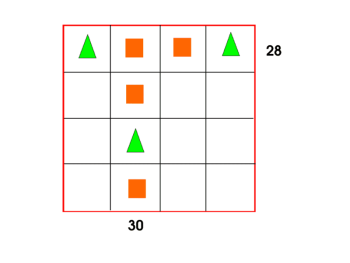
Image 2
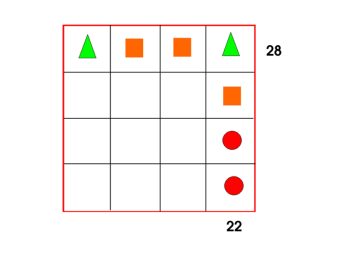
Image 3
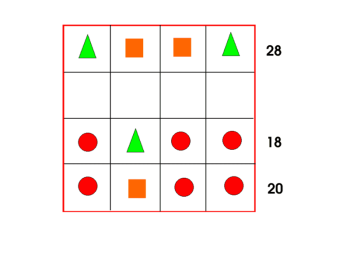
Image 4
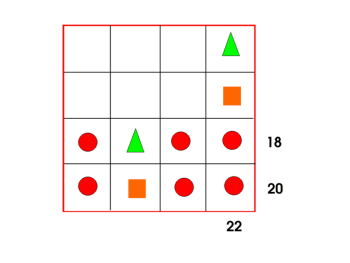
Image 5
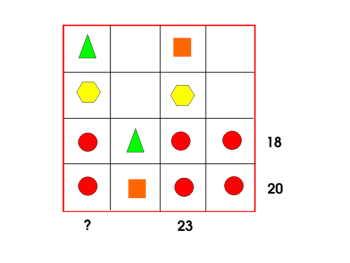
Image 6
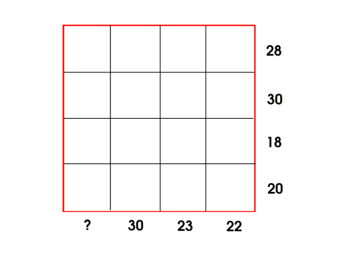

Or search by topic
Number and algebra
Geometry and measure
Probability and statistics
Working mathematically
Advanced mathematics
For younger learners
Different Deductions
Age 7 to 11
Challenge Level 





If you are a teacher, click here for a version of the problem suitable for classroom use, together with supporting materials. Otherwise, read on...
Each symbol has a numerical value. The total for the symbols is written at the end of each row and column.
Can you find the missing total that should go where the question mark has been put?
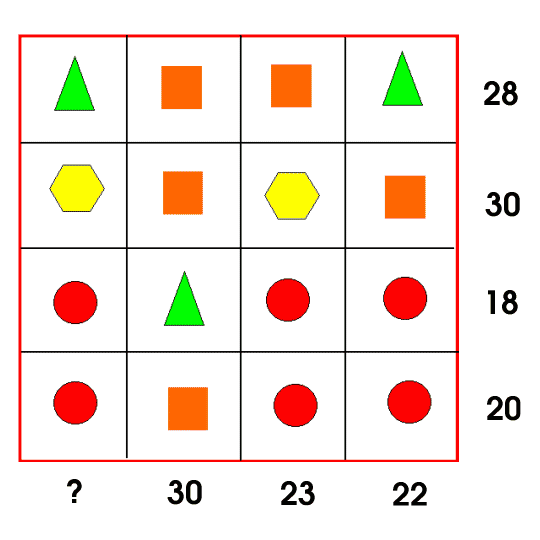
There is a lot of information in the grid, so you will need to make some choices about what to focus on first. Click below to see some images that draw your attention to particular parts of the grid.
What can you deduce from each image?
What can you deduce from each image?
Image 1
Image 2
Image 3
Image 4
Image 5
Image 6
Can you find any other ways of solving the problem?
You can apply these strategies to other versions of the problem. You could use the interactivity Fruity Totals to generate lots of different examples and to practise your strategies.
You may be interested in the other problems in our Reflecting on Methods, Improving Solutions Feature.
You may also like
Geoboards
This practical challenge invites you to investigate the different squares you can make on a square geoboard or pegboard.

